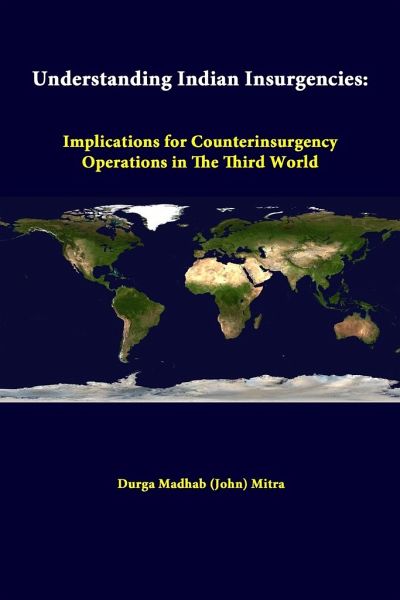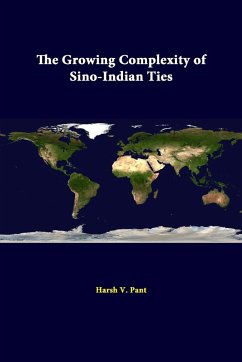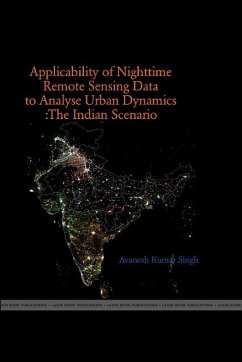
Understanding Indian Insurgencies
Implications For Counterinsurgency Operations In The Third World
Versandkostenfrei!
Versandfertig in 1-2 Wochen
17,99 €
inkl. MwSt.

PAYBACK Punkte
9 °P sammeln!
This monograph analyzes the susceptibility of Third World countries to insurgency and develops a theoretical perspective to illuminate some of the factors contributing to insurgency in these countries. The term insurgency has been used broadly to include all violent struggles against the state by any group or section of population of an area trying to establish its independent political control over that area and its population. A simple linear model for India, having both static as well as dynamic aspects, has been developed to demonstrate how the degree of inaccessibility of an area, the str...
This monograph analyzes the susceptibility of Third World countries to insurgency and develops a theoretical perspective to illuminate some of the factors contributing to insurgency in these countries. The term insurgency has been used broadly to include all violent struggles against the state by any group or section of population of an area trying to establish its independent political control over that area and its population. A simple linear model for India, having both static as well as dynamic aspects, has been developed to demonstrate how the degree of inaccessibility of an area, the strength of separate social identity of its population, and the amount of external influence on the area determine the propensity of that area for insurgency. The details of empirical verification of the model has been left out for the sake of brevity. However, the author can be contacted for the methodological details.












